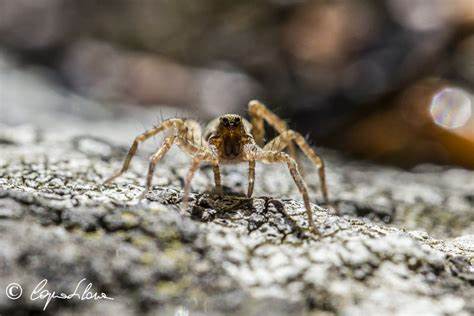
12/16/2022
This surprising discovery was made as Midwestern State’s Norman Horner, professor emeritus of biology, and former president and chemistry professor Jesse Rogers, with Paula Cushing of the Denver Museum of Nature and Science and Adrian Brückner of the California Institute of Technology, were determining if the chemical nature of the two was what allowed them to live together.
They suspected the ants did not bother the spiders because they had similar odor compounds.
“We were totally shocked that the spiders were actually feeding on the ants,” Horner said. “The ants are more than twice the size of the spiders, but the spider has developed a method of coming up behind the ant and biting it on the hind leg.”
The spiders did not approach an ant frontally. They would follow the ant, rush forward and bite the ant between leg segments, then back off waiting for the venom to act, usually taking a minute to paralyze the ant. The spider would re-approach the ant and insert its fangs behind the head of the ant, lift it, and carry it to a safe place to feed, then begin its feast between the ant’s head and thorax.
The scientists also witnessed what happened when an unbitten ant approached a spider carrying a paralyzed ant. The spider immediately repositioned, turned, or flipped itself so the active ant would encounter the paralyzed nest mate, rather than the spider.
Full Link ( News ) Here
© CopyRights RawNews1st




